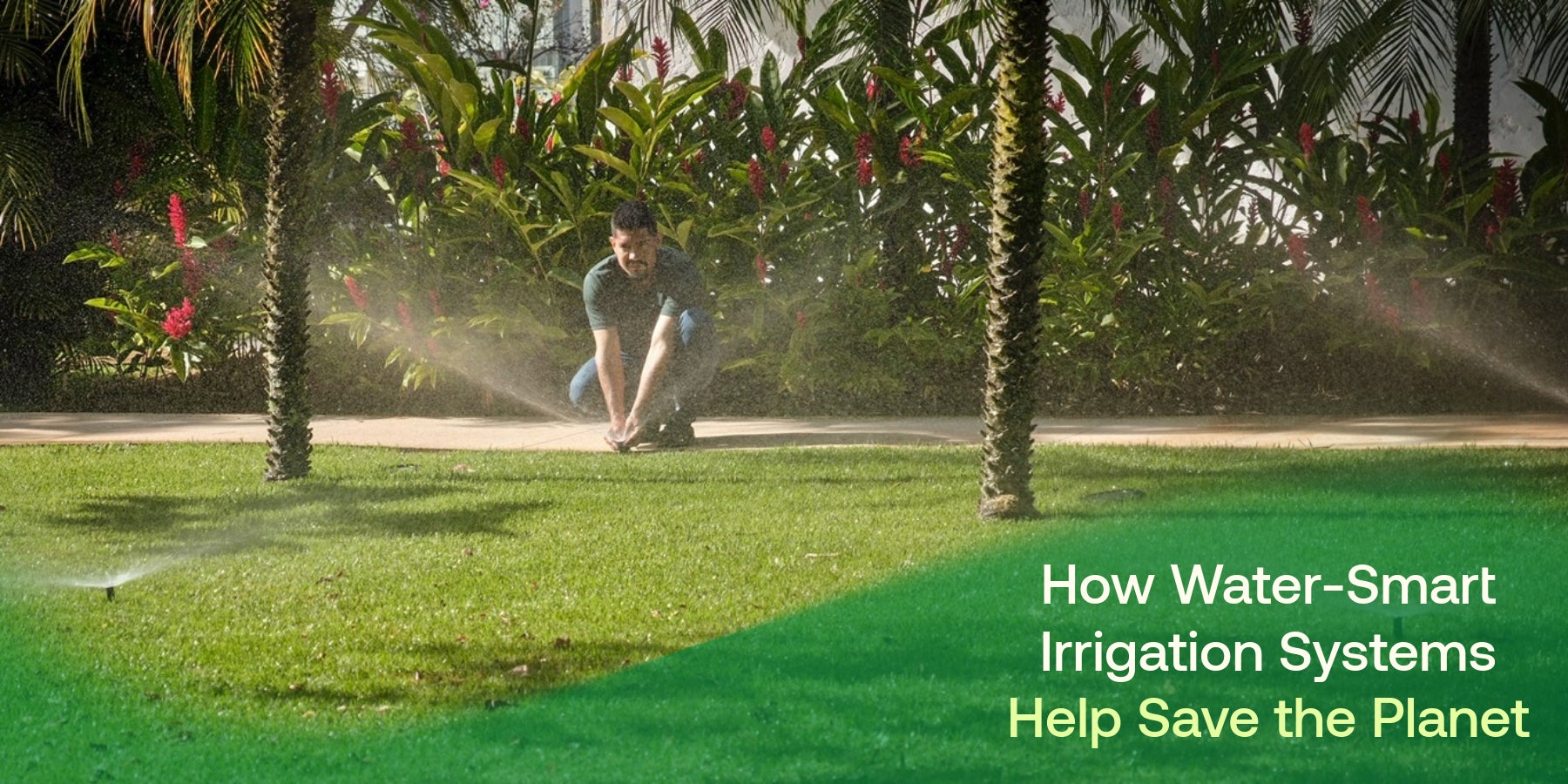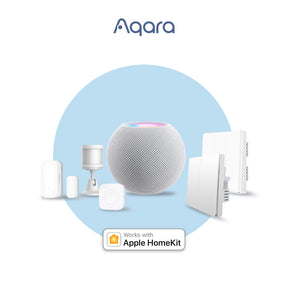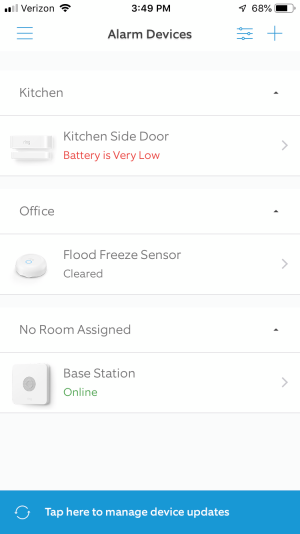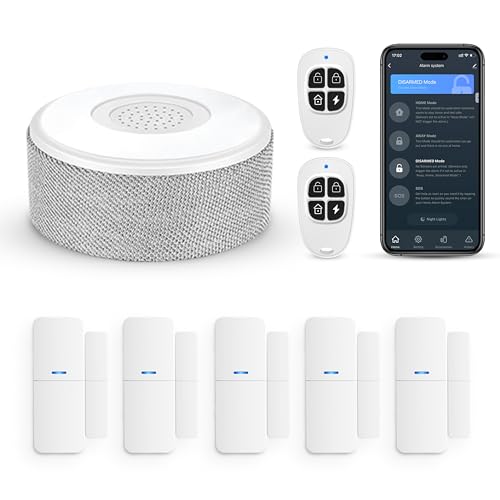Are you tired of wasting water and spending too much time watering your garden? Imagine a system that knows exactly when and how much to water your plants, saving you money and effort.
Smart irrigation system ideas can transform your garden care, making it easier and more efficient than ever before. You’ll discover simple yet powerful ways to upgrade your watering routine, so your plants thrive without you lifting a finger. Keep reading to find out how you can make your garden smarter and greener starting today.
Benefits Of Smart Irrigation
Smart irrigation systems use technology to water plants efficiently. They help farmers and gardeners save water and money.
These systems adjust watering based on weather and soil needs. This makes irrigation more precise and effective.
Water Conservation
Smart irrigation reduces water waste by watering only when needed. Sensors check soil moisture and weather to control watering.
This saves a lot of water compared to traditional irrigation methods. It helps keep water supplies safe for everyone.
- Uses soil moisture sensors
- Adjusts watering based on weather
- Prevents overwatering and runoff
Cost Savings
Smart irrigation lowers water bills by using less water. It also cuts energy costs by running pumps less often.
Farmers save money on water and electricity. Homeowners spend less on water and plant care.
- Reduces water consumption
- Lowers energy use for pumping
- Decreases plant loss and replacement costs
Improved Crop Yield
Smart irrigation gives plants the right amount of water at the right time. This helps crops grow healthier and stronger.
Proper watering reduces plant stress and disease. Farmers get better harvests and higher quality produce.
- Monitors soil moisture levels
- Delivers water evenly
- Prevents water stress on plants
Environmental Impact
Smart irrigation lowers water waste, helping protect natural water sources. It reduces pollution from runoff and soil erosion.
It supports sustainable farming by using resources wisely. This helps keep the environment healthy for future generations.
- Reduces water runoff and soil erosion
- Protects local water bodies
- Supports sustainable land use
Key Technologies In Smart Irrigation
Smart irrigation uses technology to water plants efficiently. It saves water and helps plants grow better.
Different tools work together to make irrigation smarter. These tools collect data and control watering automatically.
Soil Moisture Sensors
Soil moisture sensors check how wet the soil is. They send this information to irrigation controllers.
These sensors help water only when the soil is dry. This stops overwatering and saves water.
Weather-based Controllers
Weather-based controllers adjust watering based on weather data. They use temperature, rain, and wind information.
They reduce watering if rain is expected. They also increase watering on hot, dry days.
Remote Monitoring Systems
Remote monitoring systems let users check irrigation from anywhere. They use apps or web platforms.
Users can see soil moisture and weather data. They can also change watering schedules remotely.
Automated Valve Control
Automated valves open and close water flow without manual work. They respond to sensor and controller signals.
This control helps water only needed areas. It improves water use and reduces waste.
Innovative Smart Irrigation Ideas
Smart irrigation helps save water and grow plants better. New technology makes watering easy and efficient.
These ideas use sensors, solar power, and apps. They help farmers and gardeners water plants at the right time.
Drip Irrigation With Iot Integration
Drip irrigation delivers water directly to plant roots. IoT sensors track soil moisture and control water flow.
This system adjusts watering based on real-time data. It reduces water waste and improves plant health.
- Soil moisture sensors send data to a central controller
- Water valves open only when plants need water
- Remote monitoring helps detect leaks or blockages
Solar-powered Irrigation Systems
Solar power runs pumps and controllers in irrigation systems. It saves energy and lowers costs.
These systems work well in remote areas without electricity. Solar panels charge batteries to keep watering on schedule.
- Solar panels provide clean, renewable energy
- Batteries store energy for night or cloudy days
- Energy-efficient pumps reduce power consumption
Ai-driven Water Scheduling
AI analyzes weather, soil, and plant data to plan watering times. It chooses the best moments to water.
This smart scheduling helps save water and keeps plants healthy. AI changes schedules based on new data daily.
- Uses weather forecasts to avoid watering before rain
- Adjusts water amounts by plant type and growth stage
- Learns from past watering results to improve plans
Mobile App Control And Alerts
Mobile apps let users control irrigation systems from anywhere. They can start or stop watering with a tap.
Apps send alerts if there is a problem. Users get notified about leaks, low water, or system errors quickly.
- Real-time system status on smartphones
- Customizable watering schedules and zones
- Notifications for maintenance and issues

Credit: www.rainbird.com
Designing A Smart Irrigation System
Smart irrigation helps save water and grow healthy plants. Designing a system needs clear planning and the right tools.
This guide covers key parts of building a smart irrigation system for your garden or farm.
Assessing Water Needs
First, understand how much water your plants need. Different plants use different amounts of water.
Check soil type and local weather to estimate water needs accurately.
- Sandy soil needs more frequent watering
- Clay soil holds water longer
- Hot climates increase water loss
- Rainfall reduces watering needs
Choosing The Right Sensors
Sensors collect data to control watering. Pick sensors that fit your plants and soil.
Common sensors include soil moisture, rain, and temperature sensors.
- Soil moisture sensors measure water in the ground
- Rain sensors stop watering during rain
- Temperature sensors adjust watering by heat
System Layout Planning
Plan where to place pipes, valves, and sensors. Good layout saves water and energy.
Divide the area into zones based on plant types and sun exposure.
- Group plants with similar water needs
- Place sensors near plants they monitor
- Keep pipes short to reduce pressure loss
- Use valves to control water flow in zones
Integration With Existing Infrastructure
Check if your system can connect to current pipes and power sources. Integration saves cost.
Use smart controllers that work with your water supply and electrical setup.
- Match new valves with existing pipe sizes
- Use wireless sensors to avoid extra wiring
- Choose controllers with easy setup options
- Plan for future system expansion
Challenges And Solutions
Smart irrigation systems help save water and improve crop growth. They use technology to water plants at the right time and amount.
These systems face some challenges. Finding solutions helps farmers use them effectively and get better results.
Initial Setup Costs
Smart irrigation systems can be expensive to install. Sensors, controllers, and software add to the cost.
High costs can stop small farmers from buying these systems. It is important to find affordable options.
- Buy only needed sensors and equipment
- Use local suppliers to reduce price
- Start small and expand later
- Look for government support or grants
Maintenance And Calibration
Smart irrigation systems need regular care. Sensors must be cleaned and checked to work right.
Calibration helps keep the system accurate. Without it, the system may give wrong water amounts.
- Clean sensors every few weeks
- Check system settings often
- Calibrate sensors to local soil and climate
- Train staff on basic maintenance tasks
Data Accuracy And Reliability
Smart irrigation depends on accurate data from sensors and weather reports. Bad data leads to poor watering decisions.
Systems must handle errors and keep working in different conditions. Reliable data helps save water and grow crops well.
- Use high-quality sensors
- Regularly test sensor readings
- Combine data from multiple sources
- Set alerts for unusual data
Adapting To Different Crop Types
Different crops need different water amounts and schedules. Smart systems must adjust to these needs.
Systems that do not adapt may waste water or harm crops. Custom settings help meet each crop’s needs.
- Program irrigation based on crop type
- Use soil moisture data for each crop
- Adjust water timing for crop growth stages
- Update system settings as crops change
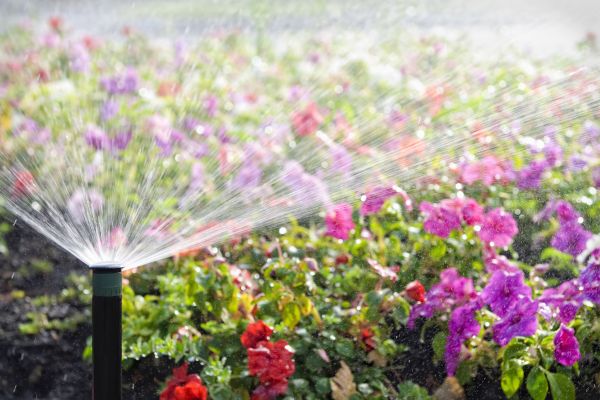
Credit: www.houselogic.com
Future Trends In Smart Irrigation
Smart irrigation is changing how farmers use water. New technology helps save water and grow healthy crops.
Future smart irrigation will use better tools and ideas to improve farming worldwide.
Advanced Ai And Machine Learning
AI and machine learning can predict when and how much water plants need. These systems learn from weather and soil data.
This helps farmers water crops only when needed, saving water and energy.
- Analyze weather patterns
- Adjust watering schedules
- Detect crop stress early
Enhanced Sensor Technologies
New sensors measure soil moisture, temperature, and nutrient levels more accurately. They send real-time data to irrigation systems.
These sensors help farmers understand their land better and make smarter water use decisions.
- Wireless soil moisture sensors
- Solar-powered sensors
- Multi-parameter sensing devices
Integration With Smart Farming
Smart irrigation will work with other farming tools like drones and weather stations. This creates a complete smart farm system.
Farmers get detailed information on crop health and soil conditions to improve irrigation plans.
- Combine irrigation with crop monitoring
- Use data from weather forecasts
- Control irrigation remotely
Scalable Solutions For Large Farms
Smart irrigation systems will grow to handle large farms with many fields. They will manage water use efficiently across big areas.
These solutions will reduce water waste and lower costs for large-scale farming.
- Automated zone-based watering
- Centralized control systems
- Data analytics for large areas

Credit: www.youtube.com
Frequently Asked Questions
What Is A Smart Irrigation System?
A smart irrigation system uses sensors and automation to water plants efficiently. It adjusts watering based on weather, soil, and plant needs, saving water and improving growth.
How Do Smart Irrigation Systems Save Water?
They monitor soil moisture and weather to avoid overwatering. This precision reduces water waste and lowers utility bills while keeping plants healthy.
Can Smart Irrigation Systems Work With Existing Setups?
Yes, many smart systems integrate with current irrigation equipment. They add smart controllers and sensors, upgrading traditional setups without complete replacement.
What Are Common Smart Irrigation Technologies?
Popular technologies include soil moisture sensors, weather-based controllers, and smartphone apps. These tools enable remote control and data-driven watering schedules.
Conclusion
Smart irrigation systems offer efficient water management for your garden. They help conserve water and reduce bills. These systems adjust to weather and soil conditions. You can easily monitor and control them with your smartphone. This technology ensures plants get the right amount of water.
It saves time and effort in maintaining a healthy garden. Consider adopting a smart irrigation system today. Enjoy a more sustainable and convenient gardening experience. Your plants will thrive, and the environment will thank you. Embrace this practical solution for better garden care.
17 min read

